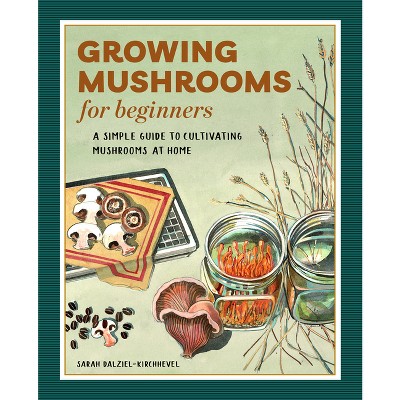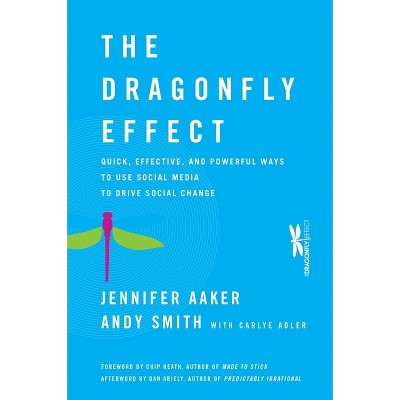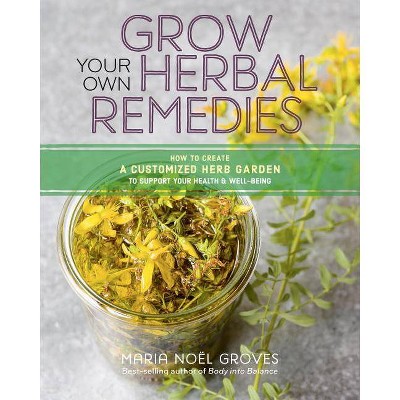Sponsored

Milk Quality, First Edition - by F Harding (Paperback)
$99.00
In Stock
Eligible for registries and wish lists
Sponsored
About this item
Highlights
- 1 World milk production.
- Author(s): F Harding
- 184 Pages
- Technology, Agriculture
Description
Book Synopsis
1 World milk production.- 2 Milk production: Factors affecting milk composition.- 2.1 Introductio.- 2.2 Synthetic and secretory tissues of the mamary gland.- 2.2.1 Functional anatomy.- 2.2.2 Role of the milk-producing cell.- 2.2.3 Milk flow within the udder.- 2.3 The initiation and establishment of lactation.- 2.4 The milk ejection reflex.- 2.5 Effect of breed on milk composition and yield.- 2.6 Role of genetics in milk production.- 2.7 Effect of environment on milk composition and yield.- 2.7.1 Effects of season.- 2.7.2 Effects of thermal stress.- 2.8 Dairy cattle nutrition and its influence on milk yield and composition.- 2.8.1 Dietary effects on milk fat.- 2.8.2 Influence of ration on milk protein.- 2.9 The effects of milking management practices on milk quality.- 2.9.1 Milking interval.- 2.9.2 Milking rate.- 2.9.3 Frequency of milking.- 2.9.4 Milking routine.- 2.9.5 Cow preparation and residual milk.- 2.10 Influence of age and stage of lactation on milk component yield 22 References and further reading.- 3 Mastitis and milk quality.- 3.1 Introduction.- 3.2 Causative organisms.- 3.3 Contagious and environmental pathogens.- 3.4 Inflammation.- 3.5 Compositional changes.- 3.6 Milk losses.- 3.7 Impact on dairy products.- 3.8 Control of mastitis.- 3.9 Measurement.- 3.10 Summary 37 Further reading.- 4 Hygienic quality.- 4.1 Milk production, plant cleaning, on-farm storage and collection of milk.- 4.1.1 Milk production.- 4.1.2 Plant cleaning and sterilisation.- 4.1.3 Effect of storage time and temperature on bacterial count.- 4.2 Types of bacteria.- 4.3 Cooling and storage of milk on the farm.- 4.4 Collection, delivery and reception of milk.- 4.4.1 Churn collection.- 4.4.2 Bulk collection.- 4.5 Delivery and storage prior to processing 47 4.5.1 Storage of milk prior to processing.- 4.6 Importance of hygienic quality of milk.- 4.7 Measurement of the hygienic quality of milk.- 4.7.1 Simple, rapid tests for mesophiles.- 4.7.2 Tests for cooled milk.- 4.7.3 Staining and counting bacteria.- 4.7.4 Measurement of metabolic products of microbial cells.- 4.7.5 Measurement of metabolic activity.- 4.8 The future.- 4.9 Sampling, storage, preservation and transportation of samples 55 4.9.1 Sample transport and preservation.- References and further reading.- 5 Adulteration of milk.- 5.1 Introduction.- 5.2 Extraneous water.- 5.2.1 Vieth ratio.- 5.2.2 Nitrates as an indication of extraneous water.- 5.3 Freezing point test for detecting adulteration.- 5.3.1 Basis of the test.- 5.3.2 Freezing point depression and how it is controlled.- 5.3.3 Measurement units.- 5.3.4 How constant is the freezing point of milk?.- 5.3.5 Freezing point of goat's, buffalo'sand ewe's milk.- 5.3.6 Factors affecting freezing point of milk.- 5.3.7 Test method.- 5.3.8 Calculation of amount of extraneous water in milk.- 5.4 Sources of contamination by extraneous water.- 5.5 How to avoid getting water into milk at the farm.- 5.6 Control of extraneous water through payment schemes.- 5.7 Other sources of adulteration.- 5.7.1 Salt.- 5.7.2 Sugar.- 5.7.3 Skim-milk powder.- 5.7.4 Detergent sterilants.- 5.7.5 Preservatives.- 5.7.6 Colostrum.- 5.7.7 Blood.- 5.7.8 Taints.- References and further reading.- 6 Compositional quality.- 6.1 Composition of milk.- 6.2 Measurement of total solids in milk.- 6.3 Measurement of the solids-not-fat (SNF) of milk.- 6.4 Major constituents.- 6.4.1 Fat.- 6.4.2 Proteins.- 6.4.3 Lactose.- 6.5 The use of instruments in assessing compositional quality.- 6.5.1 Assessing compositional quality using infrared.- 6.6 Dairy herd improvement (DHI) and quality payment laboratories.- 6.7 Quality payment systems for milk.- 6.7.1 Compositional quality.- References and further reading.- 7 Milk from sheep and goats.- 7.1 Introduction.- 7.2 Milking practices.- 7.3 Compositional quality.- 7.4 Measuring cow's milk in sheep's or goat's milk products.- 7.4.1 Differences in lipids.- 7.4.2 Differences in protein.- 7.4.3 Immunological techniques.- 7.4.4 General differences.- 7...Dimensions (Overall): 9.21 Inches (H) x 6.14 Inches (W) x .5 Inches (D)
Weight: .96 Pounds
Suggested Age: 22 Years and Up
Number of Pages: 184
Genre: Technology
Sub-Genre: Agriculture
Publisher: Aspen Publishers
Theme: General
Format: Paperback
Author: F Harding
Language: English
Street Date: December 31, 1995
TCIN: 1006471972
UPC: 9780751403541
Item Number (DPCI): 247-10-0307
Origin: Made in the USA or Imported
If the item details aren’t accurate or complete, we want to know about it.
Shipping details
Estimated ship dimensions: 0.5 inches length x 6.14 inches width x 9.21 inches height
Estimated ship weight: 0.96 pounds
We regret that this item cannot be shipped to PO Boxes.
This item cannot be shipped to the following locations: American Samoa (see also separate entry under AS), Guam (see also separate entry under GU), Northern Mariana Islands, Puerto Rico (see also separate entry under PR), United States Minor Outlying Islands, Virgin Islands, U.S., APO/FPO
Return details
This item can be returned to any Target store or Target.com.
This item must be returned within 90 days of the date it was purchased in store, shipped, delivered by a Shipt shopper, or made ready for pickup.
See the return policy for complete information.
Frequently bought together

$8.49
MSRP $14.99
Buy 2, get 1 free select books, music & movies
2 out of 5 stars with 1 ratings

$11.99
Buy 2, get 1 free select books, music & movies
5 out of 5 stars with 1 ratings
Trending Computers & Technology Books

$9.82
MSRP $10.99
Buy 2, get 1 free select books, music & movies
4.3 out of 5 stars with 3 ratings

$18.34
Buy 2, get 1 free select books, music & movies
5 out of 5 stars with 2 ratings

$7.99
Buy 2, get 1 free select books, music & movies
5 out of 5 stars with 1 ratings












